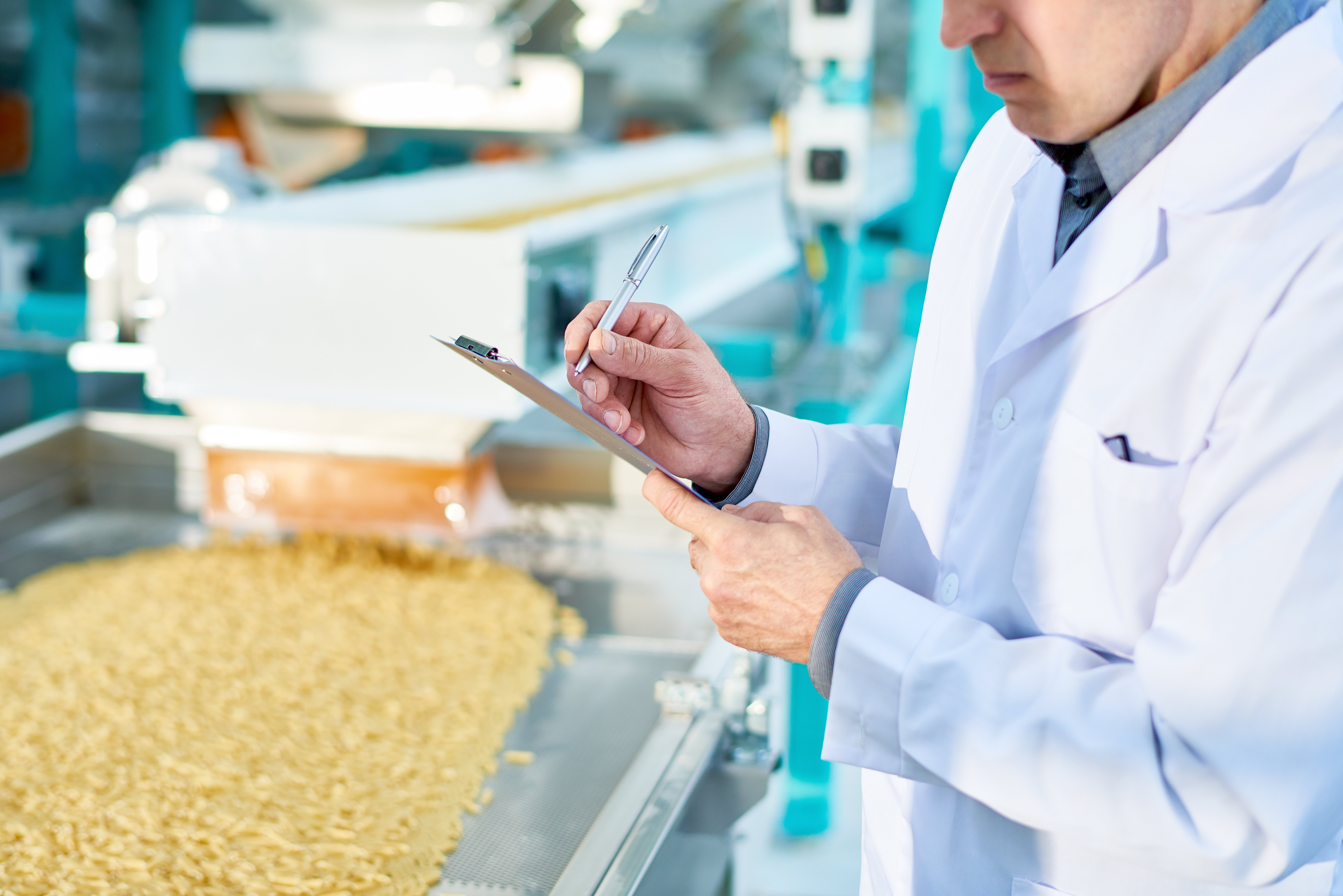The past 18 months have tested food and drink businesses like never before. Challenges such as surging demand and fractured supply chains have accelerated the industry’s move to digital.
But what areas can technology help food businesses? And is it as simple as finding the latest tech and implementing it?
In episode nine of ColumbusCast, I sit down with Ian Kingstone, Business Transformation Specialist, to discuss what digital transformation looks like in the food industry.
Overuse of Excel spreadsheets
We’re seeing businesses with integrated ERP systems that don’t understand how to use it to its full capabilities, so they end up referring back to Excel spreadsheets.
The issues I’ve experienced include:
- Planning/yield information being done/captured outside of the system
- Data collection and quality control (QC) being completed by separate systems
Today’s technologies allow you to integrate this data to have an outcome where you have one version of the truth. This is crucial if you want to drive new product development and meet consumer demands going forward.
Technology can’t fix all your problems
A good example is if you’re trying to sell more products. Putting in a CRM (customer relationship management) system can help you up/cross sell more.
But if your staff aren’t trained on how to up/cross sell, you won’t sell any more products despite having the right system in place. Technology can automate a lot of your processes, but the other part of this is understanding how to get the value you want which might mean changing the way you work.

Change for your employees is scary
New technology can be scary to your employees and some will feel like introducing new technology could result in them losing their job.
That’s why you need to talk them through the change from the very beginning and explain:
- Where the value is coming from
- What you’re trying to achieve
- How it benefits them/your customers (e.g. empowers staff to be more productive by automating laborious tasks on the production line)
People help drive the change alongside technology – technology doesn’t do it by itself.
Want to learn more about what digital transformation looks like in the food industry? Scroll up to the top of this post to listen to the episode or search for ‘ColumbusCast’ in your podcast app. You’ll be able to hear more insights including:
- The change in people's attitudes to understanding what technology is available
- The importance of looking at your stakeholders, customers and employees when assessing how new technology will drive value in your business
- Our top three tips for companies starting their digital transformation story
- A great story involving tagging, cows and yoghurt!
How can you ensure successful technology adoption for the food industry?
In 2020, we learnt the food and drink industry have the means and drive to be agile. We saw food tech companies using software to deliver new solutions and ideas to their customers, giving them what they want, how they want and when they want it.
To read what technology adoption for food businesses likes yours has looked like in the past 12 months, download our guide below. We also cover what advanced technology is coming and how you can successfully adopt technology.

